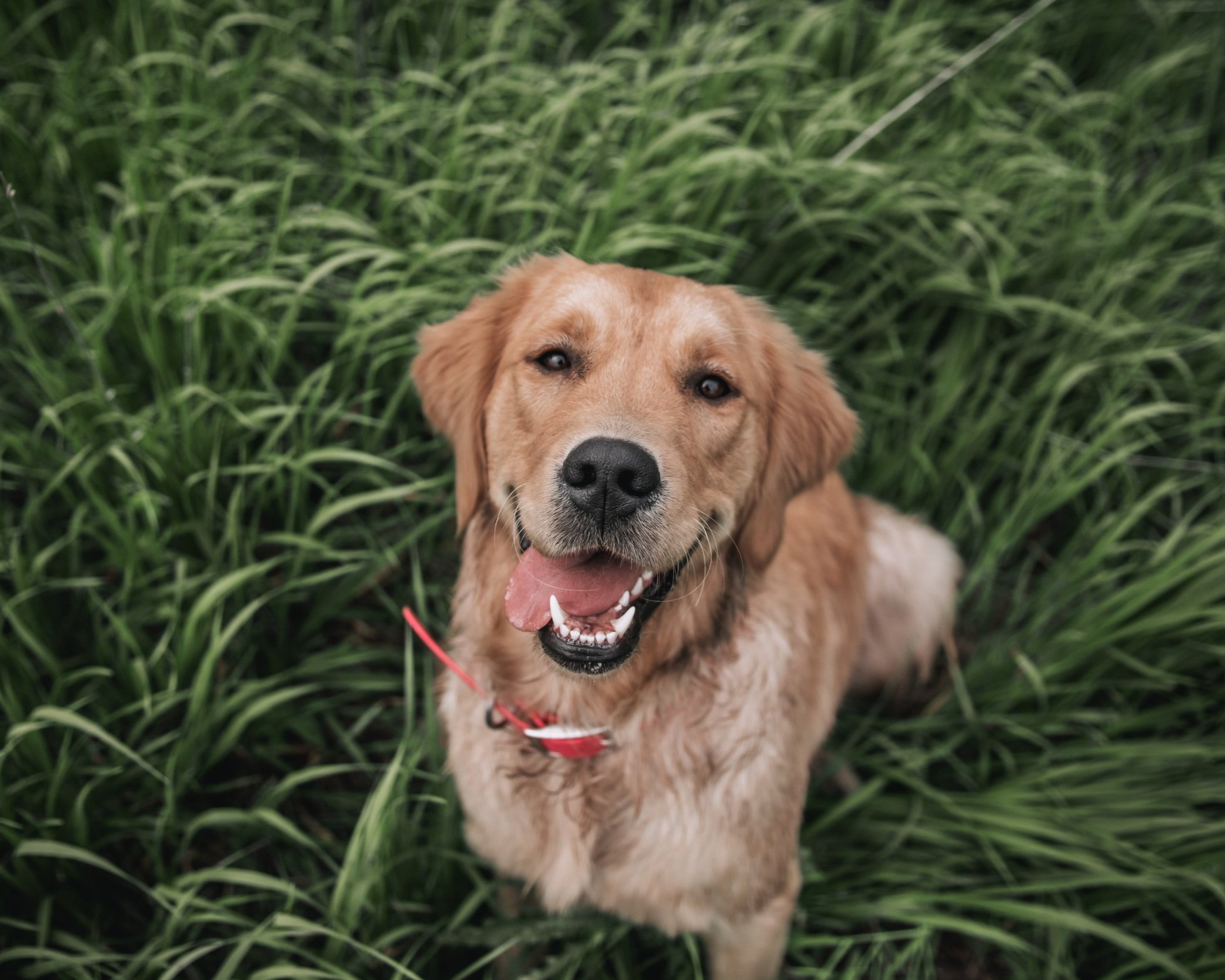LET’S TALK TREATS
Choosing what treats to give your dog be overwhelming. Here are some of my thoughts and recommendations.
Super common questions I get asked are around using treats for training. What kind? How big? How many should I be giving? And the answer is, it depends! So let’s talk about what to look for in training treats.
Size and volume
Training treats should be small, soft and easy to eat. I recommend aiming for finger nail sized treats. Pinkie sized for small dogs, thumb nail sized for very large dogs.
If you’ve ever over-eaten, you know just how uncomfortable that feels. Big treats can fill your dog up causing them to opt out of whatever you’re working on.
Weight gain is a concern so be aware of how many treats and how much regular food you’re feeding. Cutting back a bit on kibble can help offset the extra calories. If your dog is already overweight or getting there, add in some fat burning to your walks with short bursts of pace changes or check out the Fitness section of the member site for east, at-home exercises.
How many treats depends on what you’re working on. If you’re using the shaping method, you’ll probably go through more than if you’re using other training methods.
Training sessions don’t need to be 20 minutes long. In fact, short, more frequent training sessions (5-10 minutes) are going to be more effective for most dogs. Puppies and adolescent dogs especially because they’re just not able to focus for that long!
Value
When it comes to training, food is currency. As a general rule, the harder the job, the better the payment should be.
What you’re asking your dog to do, and where you’re asking them to do it is going to change the value of food. Kibble or liver treats at home are not going to cut it in a group class or busy environment.
You can leverage this value scale during your training sessions by using different types of treats. I often use kibble as reset treats or to move my dog’s position. But the rewards are always going to be higher value.
Here are some real food options that most dogs love.
Hot dogs
Cheese
Deli meat
Raw meat
Chicken (hearts and gizzards are cheap at most grocery stores)
Steak
DIY Homemade Treats
Whether you’re a baker or not, making training treats for your dog is super easy and very affordable. With 4 dogs, I go through a lot of treats and these homemade recipes save me a ton of money.
You know exactly what goes in them and you can cut them to the appropriate size for your dog.
Pyramid pan treats are fantastic. You can make over 500 treats in half an hour or so and the best part is, you don’t have to cut them. You can find the recipe HERE.
Tuna Fudge is a HUGE hit in this house. I was actually surprised just how much everyone, including Penelope, loves them. You can find the recipe HERE.
Store Bought Treats
You walk into any pet store and you’re going to find a ton of options. If you’re not sure if your dog will like them or how valuable they’ll be, trial and error can get expensive.
Cookies, biscuits, hard, dry treats are fine for “just because” treats but not for training. They’re usually too big and damn near impossible to break into smaller pieces.
Liver treats should be used in moderation due to high levels of copper. A study at Cornell University found that some brands of dog food contain excessive copper. Dr. Sharon A. Center who specializes in liver disease said that “chronic consumption of excess copper can lead to copper-associated hepatopathy, signs of which include abdominal swelling, decreased appetite, diarrhea, increased thirst and urination, jaundice, lethargy, and vomiting”.
Don’t get sucked in by the marketing!!!!!! The crap they’re putting on pet products these days pisses me off to no end. For example, raw feeding is on the rise so you’ll see “RAW” slapped on almost every food product. Focus on size, texture and ingredients and forget what the bag tells you.
Picky eaters, sensitive stomachs, allergies
Unless you’ve got money to burn, forget the store bought treats and opt for real, whole food ingredients if your dog is picky. The same goes for dogs who are dealing with some health or digestive issues. Single ingredient treats like freeze dried meat are great options. Ella has allergies and is on a raw rabbit diet. Luckily Vital Essentials has freeze dried rabbit treats available.
Eat anything dogs
If you’ve got a dog who happily eats anything you put in front of them, keep your eye out for clearance treats and kibble. You won’t break the bank and you’ll provide your dog withe lots of variety to keep them engaged.
Here are some of the brands I often buy:
The Honest Kitchen - My go-to kibble for training. And my guys get a “Goat’s Milk N’ Cookies” treat before bed.
Rollover - The beef tubes can be cut up and frozen.
Stella & Chewy’s - They have a few small treat options like the Cravn treats.
Pure Bites - Single ingredient and freeze dried treats.
Crumps, Open Farm, Tilted Barn, Ziwi Peaks
Tuna Fudge Treats Recipe
A quick, easy and high value homemade treat recipe.
Pyramid Pan Treats Recipe
Make hundreds of treats, no cutting required.
Spring fever 🌱
Does your dog get “spring fever”? Here are some tips for making the change of season easier on you and your dog.
It's that time of year again 🌸 The birds are chirping, the days are getting longer and everything is starting to look a little less ugly and gray.
Animals are much more attuned to environmental changes than we are, and each year many go through a period of “spring fever.”
During that time we can see a lot of behaviour changes. For dogs some of the most common are:
Increased energy levels
Increased barking
Increased pulling on leash
Increased prey drive
Decrease in recall
What causes spring fever?
Dogs’ senses are more sensitive than ours. The temperature changes, sights, sounds and of course smells are all very stimulating and exciting this time of year.
Like all animals, dogs are natural scavengers and foragers. That behaviour needs an outlet all year long but especially in the spring. The birds, bunnies and tree rats (aka squirrels) are out and ready to be chased.
Along with the environmental changes, there are also biological changes happening. Like us, dogs have a circadian rhythm that is affected by changes to daylight hours.
What to do about it?
Energy Levels - Meet their needs by providing adequate exercise and enrichment. I’m not talking about puzzles and treat balls or lame walks around the same boring block. Get a long line and take them somewhere new to sniff and move their bodies naturally. Go to the beach, take a hike. Let your dog be a dog. Encourage your dog to be a dog. Let them sniff, track, dig, get muddy and roll in stuff.
Barking - It’s natural to see an increase in territorial, alarm and even fear barking. The nicer the weather, the more people are outside. That means noise and movement that your dog isn’t used to. If this is your puppy’s first spring, or if you’ve moved since, your dog might be especially sensitive to the sights and sounds in the environment.
Pulling on Leash - LET THEM SNIFF! Your dog NEEDS to sniff on walks. As foragers and scavengers, walks should provide an outlet for those behaviours. Get a long line and go for a hike, take a walk around a field or park.
Prey Drive - Get yourself a flirt pole if your dog loves to chase. I like the Outward Hound Tail Teaser for small to medium dogs. Or take them to a SniffSpot and let them chase all the squirrels.
Recall - Do NOT let your dog off leash. Anywhere. This is the time of year that dogs get loose, get lost or worse. There are far too many environmental reinforcers to contend with. And there is no such thing as a perfect recall.
Final Thoughts
Even if your dog doesn’t exhibit spring fever levels of behaviour change, it’s a good idea to be proactive. Brush up on your recall, practice your leash walking skills, and don’t leave your dog outside alone for long periods.
For safety sake, make sure your yard is secure, that you’re managing your leash and, do NOT let your dog off leash.




